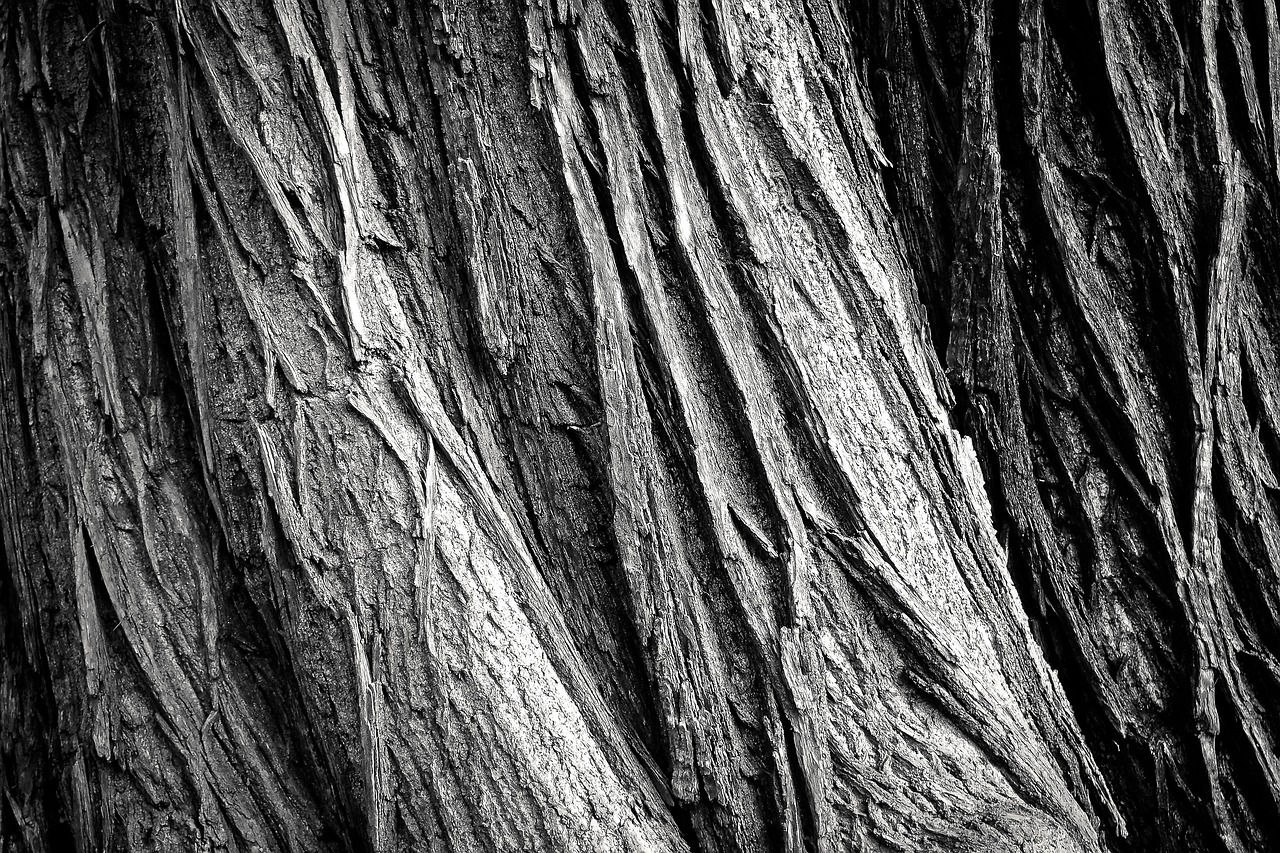Black walnut wood stands out as one of the most admired hardwoods in home design. It combines dark, rich tones with lasting strength. You’ll find it in furniture, cutting boards, countertops, and luxury interiors. What makes black walnut so special isn’t just how it looks, but how long it lasts.
This article explains why black walnut is a smart investment for your home. You’ll also learn where to use it, how to care for it, and why it saves you money over time.
What Is Black Walnut Wood?
Black walnut comes from the Juglans nigra tree. It grows mostly in the eastern and central United States. The heartwood of this tree has deep brown or chocolate tones. Some pieces even show purple or gray streaks. The grain is straight and clean, though some cuts reveal wavy patterns.
This wood is strong, dense, and naturally resistant to decay. It holds shape and color well. Unlike softer woods, it doesn’t dent or wear out fast. That’s why builders and homeowners love it for high-use pieces.
Where Can You Use Black Walnut Wood?
Black walnut fits almost anywhere in a home. It blends warmth with elegance. Here’s how homeowners use it:
Flooring
Black walnut floors feel smooth underfoot. They handle daily traffic without showing wear. Their dark tone hides dust better than pale woods.
Furniture
Tables, dressers, and shelving made from walnut stay beautiful for years. Their grain pattern adds style without needing paint or stain.
Kitchen Counters
Wooden countertops add natural charm to modern homes. Walnut works well near prep areas, bar tops, or islands.
Cutting Boards
Many chefs choose black walnut boards. They protect knives and last for years. Walnut looks great and feels solid during use.
Wall Panels
Accent walls made from walnut add depth. They warm up modern or rustic rooms without much upkeep.
Cabinets
Walnut cabinets hold up to heat and humidity. Their rich color works well in kitchens, studies, and bathrooms.
Why Black Walnut Wood Saves You Money
Some people see a walnut’s price tag and feel unsure. But this wood saves money in the long run. Here’s how:
Long Life
Unlike cheap softwoods or laminate, black walnut doesn’t wear out fast. A walnut cutting board may last 10 years or more. Furniture pieces may last for generations. Fewer replacements mean less spending.
Low Maintenance
Walnut resists warping and cracking. It doesn’t need sealing every month or yearly staining. You save on cleaning products and upkeep.
Adds Value
Homebuyers notice real wood finishes. Walnut floors, counters, or shelves can raise your home’s value. They show quality. Buyers often pay more for homes with durable, natural woodwork.
How to Clean and Care for Black Walnut Surfaces
Black walnut holds up well, but care still matters. Here’s how to keep it in top shape.
Daily Cleaning
Use a soft cloth to wipe off dust or crumbs. Avoid rough sponges or harsh sprays. For tables or shelves, use a microfiber cloth and gentle wood cleaner.
Water Protection
Never leave wet cups or towels on the wall. Use coasters or mats under hot items. Water rings can stain the surface. Wipe up spills right away.
Conditioning Wood
Every few months, rub in a food-safe oil or conditioner. This keeps the surface rich and prevents drying. Walnut responds well to mineral oil, walnut oil, or beeswax-based products, picks as per Bob Vila’s site.
How Black Walnut Compares to Other Woods
vs. Maple
Maple is lighter in color and harder in texture. It resists dents more but lacks the walnut’s rich tone.
vs. Oak
Oak is common and durable, but it shows grain more clearly. Walnut has a smoother, more uniform appearance.
vs. Cherry
Cherry wood ages into a red tone. It’s softer than walnut and shows marks more easily.
Walnut wins on balance. It offers strength, beauty, and color depth in one material.
Environmental Impact of Black Walnut Wood
Black walnut trees grow naturally in the U.S. They don’t require foreign transport or large processing plants. Many suppliers use sustainable methods. They replant trees and manage forests to keep walnut harvests healthy.
Choosing walnut means fewer synthetic materials in your home. It lowers plastic use in furniture, panels, and countertops. It also cuts down on waste, since you won’t replace it often.
If you want eco-friendly, long-term value, black walnut ranks high.
Signs of Real vs. Fake Black Walnut
Some sellers offer stained wood that looks like walnut. Watch for these clues:
- Real walnut has color through the grain, not just on top
- True walnut smells slightly nutty or woody
- Fake walnut feels light or thin when handled
- Real walnut is heavy and solid
Always buy from trusted sources. Ask for real hardwood, not veneer or MDF.
Where to Buy Black Walnut Wood or Products
You can find black walnut lumber at local hardwood stores. If you want pre-made furniture or boards, shop from quality brands.
Look for furniture makers who list real hardwood in the product details. Avoid listings that say “walnut finish” only. That often means cheap wood stained brown.
Some reliable places to start include
- Etsy: Custom walnut cutting boards, shelves, and art
- West Elm: Furniture with real walnut options
- Rockler: Supplies and walnut planks for DIY builders
- Local sawmills: Often cheaper and more sustainable than big stores
How to Use Black Walnut in DIY Projects
Black walnut is easy to shape. Many people use it for at-home builds.
You can make shelves, small tables, or décor accents. Use hand tools or power saws for smooth cuts. Sand gently, and always wear a mask; walnut dust can irritate lungs.
Finish projects with oil, wax, or natural polish. Avoid glossy stains that hide the natural color.
DIY walnut saves money. It also adds pride that you built something useful and long-lasting.
FAQs About Black Walnut Wood
Is black walnut good for cutting boards?
Yes. It’s durable, knife-safe, and naturally resistant to bacteria.
Does black walnut darken over time?
Yes, but only slightly. It holds its tone better than cherry or oak.
How often should I oil walnut wood?
Every 2–3 months, or when the surface feels dry or dull.
Is walnut furniture expensive?
It costs more than softwoods but lasts much longer. That makes it a smart long-term buy.
Can black walnut grow mold?
Only if kept wet. Dry the surface after use, and store it in a cool, dry place.
Read New: Wooden Cutting Boards: Long-Lasting Kitchen Tools That Save You Money




